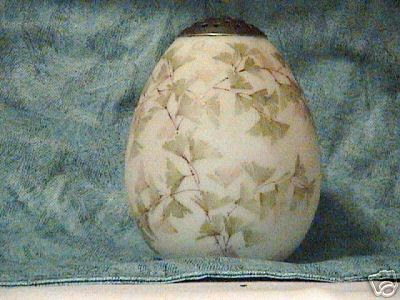:::::::::::::::::::::::::::::::::::::::::::::::::::::::::::::::::::::::::::::::::::::::::::::::::::::
Koraku-En and Daruma - An Autumn Walk
後楽園とだるまさん ― 晩秋の散歩
On November 22 of 2002 I had the chance to visit this famous park in Okayama City, which is only about one hours drive from my home. The day was warm and balmy and the park scenery so enchanting I just kept taking photos as we walked along. For this story I decided to let my photos do the talking and just give you a short introduction.
(Unfortunately my own entry with the photos got lost, so here is just the text.)
Click on the google photos to see more.

Korakuen (Koorakuen 後楽園) is one of the most famous landscape gardens
in Japan, together with
Ritsurin Koen in Takamatsu 栗林公園
source : ritsuringarden.jp
Kenroku-En in Kanazawa 兼六園
source : Kenrokuen
and the Plum Park Kairaku-En in Mito. 偕楽園
source : Kairakuen Garden
.................................................................................
Lord Tsunamasa Ikeda of the Bizen Clan made the decision to construct a garden in 1686, and it was started in 1687, After 14 years, it was completed in 1700. It was the private property of the Ikeda Family until 1884 when it was donated to Okayama prefecture and opened to the public. Since 1871, the garden was called "KORAKUEN" which means "the garden for taking pleasure later (kooraku 後楽)." (The name originated from an old Chinese saying,
"the lord must bear sorrow before the people,
and take pleasure after them."
Look at many photos here :
source : Ogijima

Look at more photos here:
source : teramin.livedoor
.................................................................................
The official Japanese HP of Korakuen starts with a slide show of the four seasons and then features some information in Japanese.
The Garden Photo News has pictures changing with the seasons.
The garden itself was created by Kobori Enshu, layed out according to his new concept of gardening in the early Edo period. The main characteristic of this school of gardening is to create an arrangement to let visitors enjoy the changing scenery while walking along the
lanes in the artificial reproduction of nature.
岡山藩主池田綱政
津田永忠
source : www.okayama-korakuen.jp
Introducing the buildings:
source : www.okayama-korakuen.jp
:::::::::::::::::::::::::::::::::::::::::::::::::::::::::::::::::::::::::::::::::::::::::::::::::::::

How does Daruma san fit into this autumn scenery?
First and foremost, just walking in the park puts you into some kind of "Daruma Mode", getting imbued with the beauty of the scenery and the ephemeral meaning of the fallen leaves on the moss.
But then, to my surprise, Daruma san choose to show up himself. From far we saw a thatched-roof tea pavillion in front of a tiny tea planation and the shop curtain
(noren 暖簾) showed a picture of Daruma, saying
"Come in, please, and have some hand-made noodles!".
.................................................................................
On the way back towards the car park, there was another Daruma saying good bye. High up on a roof at the other side of the moat was the red sign of a restaurant. This day was so special in its flavor, it seemed to be a special present right from Daruma himself.
Thank you so much for today!
With a feeling of deep gratefulness we made our way home driving through more rusty and enchanting autumn landscape all the way to our Paradise Hermitage, GokuRakuAn.
(This is the only photo I could recover so far!)
clear Autumn day
by the little lake -
Namu Amida Butsu !

Mind exists in the Buddha,
Buddha exists in the Mind.
Only the mind is Buddha,
Only Buddha is the Mind
The Tree is reflected in the Water.
The Water is reflected in your Eye.
The Eye is reflected in your Brain.
How do YOU reflect the tree-truth?
:::::::::::::::::::::::::::::::::::::::::::::::::::::::::::::::::::::::::::::::::::::::::::::::::::::
. Kobori Enshu 小堀遠州 (1579 - 1647) .
[ . BACK to DARUMA MUSEUM TOP . ]
[ . BACK to WORLDKIGO . TOP . ]
:::::::::::::::::::::::::::::::::::::::::::::::::::::::::::::::::::::::::::::::::::::::::::::::::::::





















